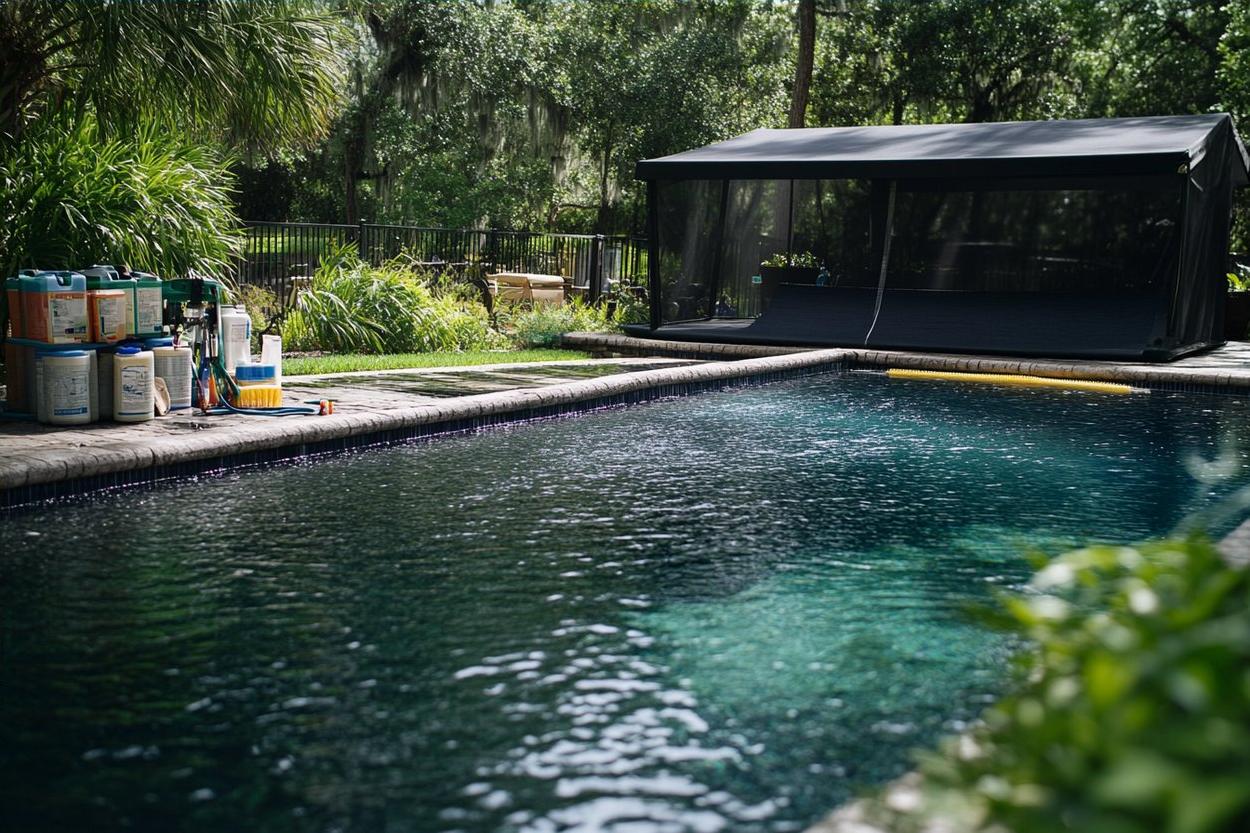Garden igloos: design, uses and installation guide
Garden igloos are freestanding, transparent or semi-transparent domes designed to sit in a garden, patio or commercial outdoor area. They offer a sheltered space for dining, relaxation or seasonal use while maintaining a visual connection to the surrounding landscape. This guide explains what garden igloos are, how they are built, practical uses and what to consider when choosing and installing one in the UK or other temperate climates.

What is a garden igloo?
A garden igloo is a dome-shaped structure typically made of a clear or translucent shell supported by a frame. Common forms include inflatable domes, polycarbonate domes with aluminium frames, or custom geodesic structures. They vary in size from single-seat pods to larger domes that can host small groups. The transparent walls create an immersive garden experience and can be fitted with doors, windows, and ventilation systems to improve comfort and safety.
Designs range from simple temporary shelters to near-permanent garden rooms. Some models have integrated heating, lighting and furniture to extend usability into colder months. When selecting a design, consider local planning rules, the permanence of the installation, and whether the igloo will be used for private enjoyment or commercial purposes, such as hospitality seating.
Materials and design options
Materials influence durability, maintenance and appearance. Clear PVC and TPU are common for fully transparent inflatable igloos; they are lightweight and packable but can be vulnerable to sharp objects and UV degradation. Rigid options often use polycarbonate panels or glass-like acrylic mounted on aluminium or steel frames; these are more robust, provide better insulation, and can look more like a traditional garden room.
Design choices include ventilation (passive vents, zip doors, or mechanical systems), flooring (raised platforms, decking, or removable mats), and finishes (curtains, matt panels for privacy, or tinted glazing). Consider insulation and glazing thickness if you plan winter use; double-walled polycarbonate offers improved thermal performance compared with single-layer plastics and is widely used in semi-permanent structures.
Installation and maintenance
Site preparation is a key early step. A level, stable base reduces strain on frames and helps with drainage. For temporary igloos a compacted gravel or paving slab base is often sufficient; for semi-permanent domes a timber or concrete base may be preferable. Check local regulations—some councils consider fixed structures as requiring planning permission, especially if they’re heated, have electrical connections, or will be used commercially.
Routine maintenance includes checking seals and zips, cleaning outer surfaces to prevent algae or grime build-up, and inspecting frames and fixings for corrosion. Inflatable models require periodic pressure checks and patching kits for small tears; rigid shells benefit from cleaning with mild detergents and avoiding abrasive materials. For winter care, remove heavy snow loads promptly and ensure drains and vents remain clear to prevent condensation or structural stress.
Choosing local services and suppliers
When sourcing a garden igloo, look for suppliers who provide clear product specifications, warranty terms and aftercare services. Local services can assist with site assessment, permitting advice and safe installation. Suppliers may offer delivery and assembly, electrical and heating integration, and optional customisation like branding for commercial use.
Ask for examples of completed installations, customer references and maintenance options. If you require a more permanent structure, confirm whether the supplier handles groundworks and base construction or whether you need to hire a local contractor. For commercial projects, check that suppliers meet relevant safety standards and can provide documentation for insurance and regulatory compliance.
Practical uses and seasonal considerations
Garden igloos are adaptable: they serve as private dining pods, reading nooks, play spaces for children, pop-up meeting rooms, or sheltered areas for events. In hospitality settings they create distinct, bookable spaces that can be used year-round with appropriate heating and ventilation. For residential owners, small domes can extend outdoor living into cooler months while preserving garden views.
Seasonal factors matter. In the UK climate, consider wind exposure, rainfall and UV when placing an igloo. Position domes near existing hard landscaping for easier access and consider windbreaks like hedges or fencing. For winter use, incorporate safe heating solutions—electrical radiant heaters or low-voltage systems are common—and manage condensation with ventilation or dehumidifiers to maintain comfort.
Conclusion
Garden igloos provide a flexible way to enjoy outdoor space while offering shelter and a distinct aesthetic. Choosing the right material, size and supplier, preparing the site correctly and keeping up with routine maintenance will help ensure a durable and comfortable installation. Whether used for private relaxation or as part of a commercial outdoor offering, careful planning will maximise the practical benefits and longevity of a garden igloo.




